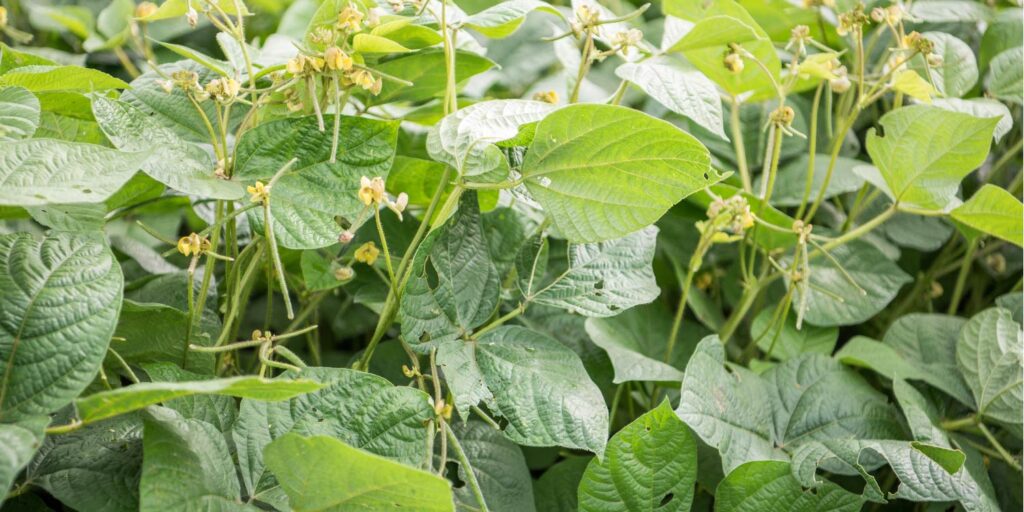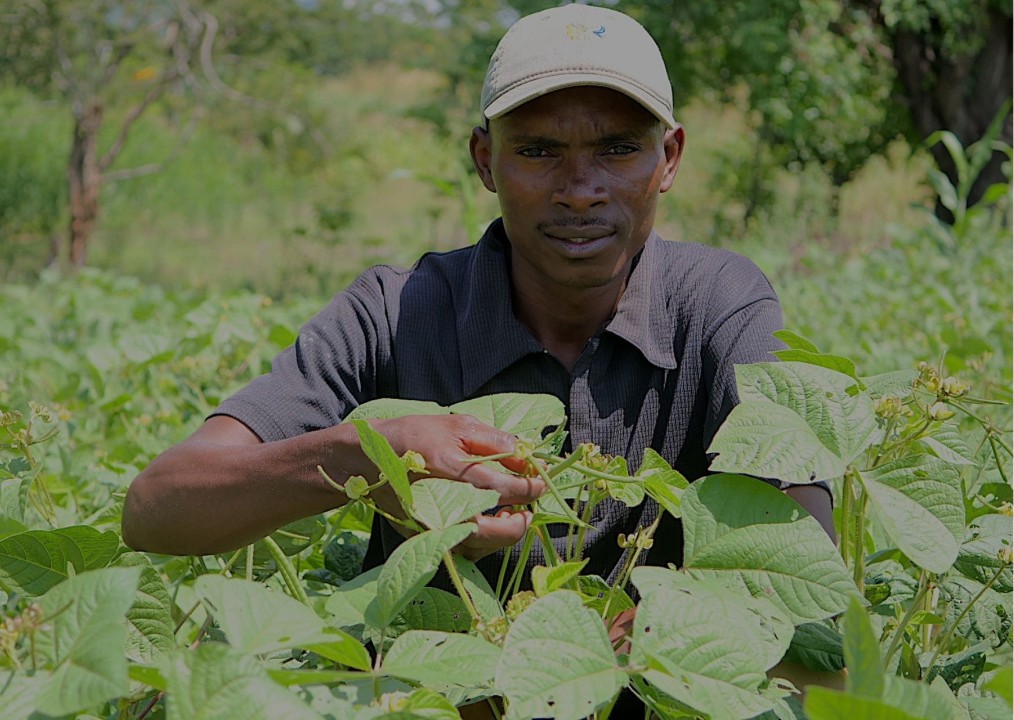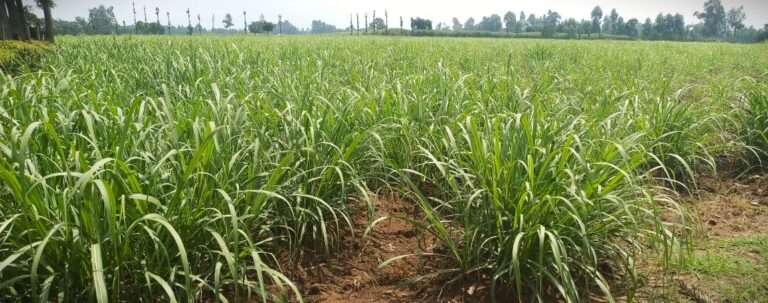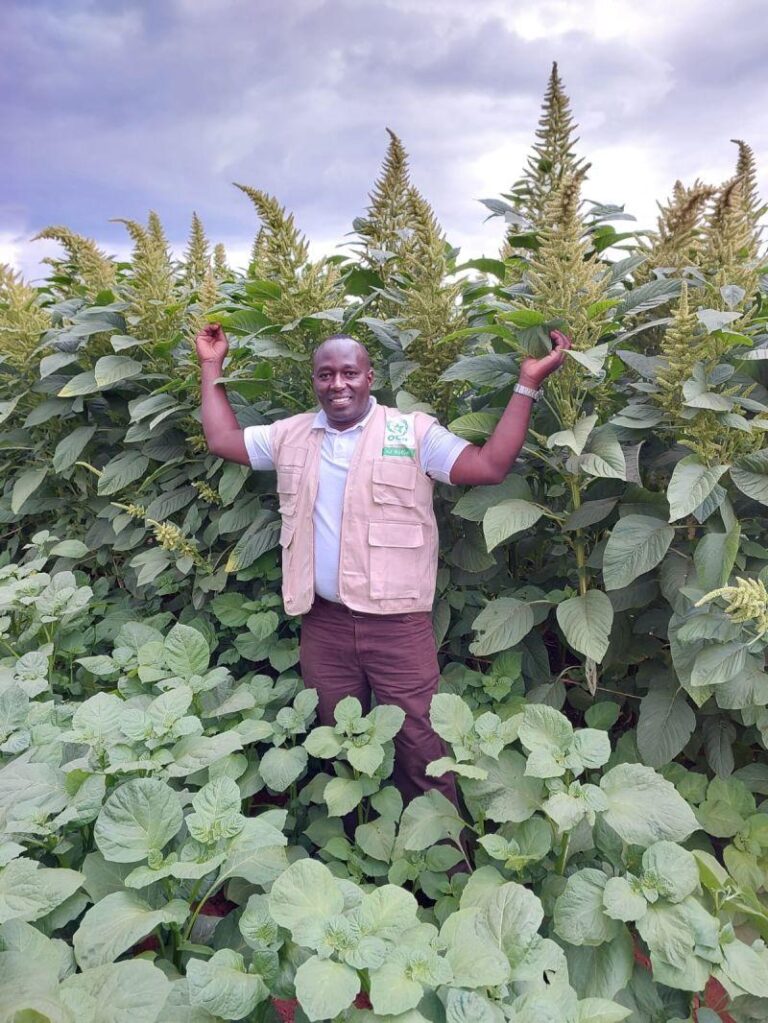Green Grams Production Yield Per Acre In Kenya
In Kenya, green gram (mung bean) production yields approximately 500 to 600 kilograms per acre. This can vary based on factors like soil quality, weather conditions, and farming practices. With proper management and good conditions, farmers can achieve higher yields, but average results typically fall within this range.
Green Grams Farming In Kenya
Green grams, also known as mung beans, are a popular legume crop in Kenya due to their nutritional value and adaptability to various climates. This comprehensive guide explores the profitability of green grams farming per acre, highlighting key factors that influence yield and revenue.
Green Grams Profit Per Acre in Kenya
The profitability of green grams farming in Kenya is influenced by effective farm management, market conditions, and climatic suitability. Here’s a breakdown of potential earnings.

Yield and Revenue Calculation
- Annual Yield: A well-managed green gram farm can yield between 500 to 600 kilograms per acre annually.
- Market Price: The average market price for green grams ranges from KES 100 to KES 120 per kilogram, depending on quality and demand.
- Gross Sales: Therefore, gross sales can range from KES 50,000 to KES 72,000 per acre.
Production Costs
Estimated production costs cover seeds, labor, fertilizers, pest control, and other farming inputs:
- Seeds: KES 1,500
- Labor: KES 5,000
- Fertilizers & Pest Control: KES 3,500
- Irrigation & Other Inputs: KES 2,000
Total estimated production costs are around KES 12,000 per acre.
Net Profit Calculation
After accounting for production costs,
- Minimum net profit can be calculated as:
- Net Profit = Gross Sales – Production Costs = KES 50,000 – KES 12,000 = KES 38,000
- Maximum net profit can be:
- Net Profit = Gross Sales – Production Costs = KES 72,000 – KES 12,000 = KES 60,000
Hence, the potential annual net profit ranges from KES 38,000 to KES 60,000 per acre, contingent on yield and market prices.
Factors Influencing Green Grams Profitability
Several factors impact the profitability of green grams farming:
Variety Selection
Different varieties have varying yields and resistance to pests. Popular varieties in Kenya include N26 (Kenya Mwiwathi) which are well-adapted to local conditions.
Climatic Conditions
Green grams thrive in warm regions with moderate rainfall. Areas like Eastern and Coastal regions of Kenya offer ideal growing conditions.
Soil Quality
Well-drained sandy loam soils with a pH range of 6.3 to 7.2 are optimal for green gram cultivation.
Farming Practices
Effective farming practices such as timely planting (preferably at the start of the rainy season), weeding (two times before flowering), pest control (against aphids), and proper harvesting techniques enhance productivity.
Revenue Potential From One Acre of Green Grams
Here’s an example calculation considering optimal farming conditions:
Tree Density & Yield Calculation Example
Yield Per Plant:
Each plant produces about 0.5 kg of beans annually once it reaches maturity.
Total Plants Per Acre:
Assuming planting density with spacing of 30 cm x 10 cm, approximately 300 plants can fit per acre.
Total Yield Per Acre:
Total Yield = 300 plants × 0.5 kg/plant = 150 kg/acre
Market Price:
With an average price ranging from KES 100/kg,
Gross Income = 150kg × KES100/kg = Ksh 15,000
Production Costs:
- Labor Costs – Ksh 15,000
- Other Costs – Ksh 20,000
Net Profit would be:
Net Profit = Gross Income − Production Cost = Ksh 15,000 − Ksh 35,000 = -Ksh 20,000
Green Gram Farming offers highly profitable returns if managed well.
FAQs About Green Gram Farming In Kenya
How much profit can be made from green gram farming per acre?
With effective farm management practices and favorable market prices, green gram farmers can earn a net profit ranging from KES 38,000 up to KES 60,000 annually.
How many plants should I have?
Depending on chosen spacing method, farmers could place approximately three hundred plants within one-acre land area using standard spacing technique.
Where is the best location?
Warm climates like those found across the Eastern and Coastal parts of East Africa make ideal locations suitable enough to ensure high success rates while growing these crops.
By adopting best practices coupled with determination, green gram cultivation remains a profitable venture worth investing time and resources into achieving financial freedom!






